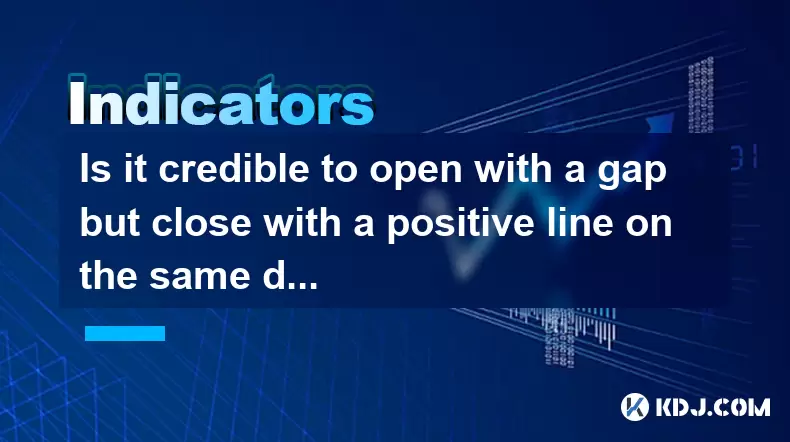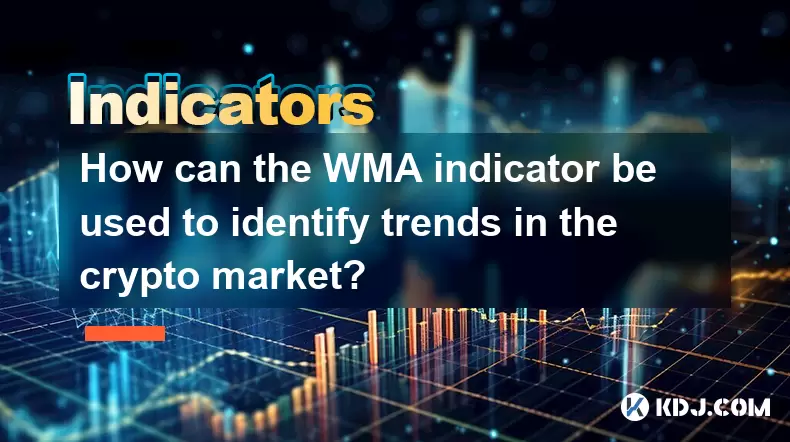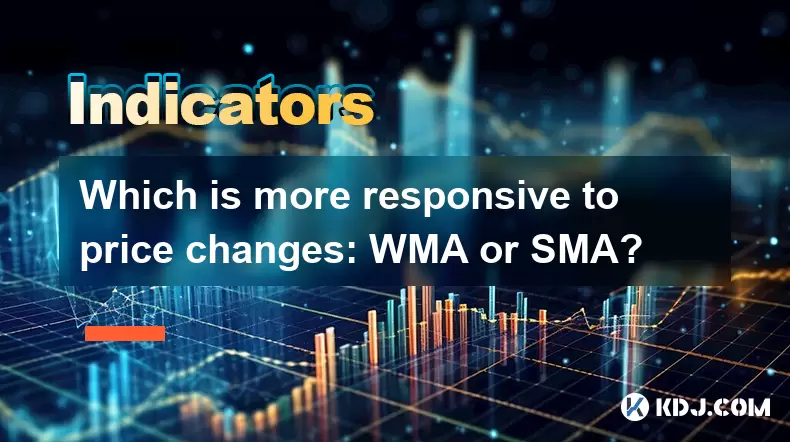-
 Bitcoin
Bitcoin $118300
-0.58% -
 Ethereum
Ethereum $3825
0.11% -
 XRP
XRP $3.137
-0.71% -
 Tether USDt
Tether USDt $0.9999
-0.01% -
 BNB
BNB $803.9
-3.37% -
 Solana
Solana $181.5
-1.94% -
 USDC
USDC $0.9999
0.01% -
 Dogecoin
Dogecoin $0.2238
-2.51% -
 TRON
TRON $0.3358
2.12% -
 Cardano
Cardano $0.7844
-2.16% -
 Hyperliquid
Hyperliquid $43.31
-1.48% -
 Sui
Sui $3.807
-4.04% -
 Stellar
Stellar $0.4203
-1.96% -
 Chainlink
Chainlink $17.79
-3.00% -
 Bitcoin Cash
Bitcoin Cash $567.8
-1.34% -
 Hedera
Hedera $0.2614
-4.30% -
 Avalanche
Avalanche $24.19
-4.46% -
 Litecoin
Litecoin $109.2
-0.74% -
 UNUS SED LEO
UNUS SED LEO $8.969
-0.01% -
 Toncoin
Toncoin $3.404
3.97% -
 Ethena USDe
Ethena USDe $1.001
-0.01% -
 Shiba Inu
Shiba Inu $0.00001307
-3.19% -
 Uniswap
Uniswap $10.33
-1.23% -
 Polkadot
Polkadot $3.884
-4.06% -
 Monero
Monero $312.9
-1.87% -
 Dai
Dai $1.000
0.01% -
 Bitget Token
Bitget Token $4.537
-2.24% -
 Pepe
Pepe $0.00001156
-3.40% -
 Cronos
Cronos $0.1437
-0.89% -
 Aave
Aave $282.8
-2.77%
Is it credible to open with a gap but close with a positive line on the same day with a large volume?
A gap-up open followed by a positive close and high volume in crypto often signals strong buying pressure, but traders should verify fundamentals and use confirmation candles before acting.
Jun 19, 2025 at 09:56 am

Understanding the Candlestick Pattern: Open with a Gap, Close Positive with High Volume
In cryptocurrency trading, candlestick patterns play a significant role in technical analysis. One such pattern is when an asset opens with a gap, meaning it starts trading at a price significantly different from its previous close, and then closes on a positive line within the same day while being accompanied by large volume. This phenomenon often raises questions about its credibility as a bullish signal.
What does it mean to open with a gap? A gap occurs when the opening price of a cryptocurrency is notably higher or lower than the previous closing price, typically due to news events, market sentiment shifts, or external economic factors.
Why is a positive close important? When the price not only opens with a gap but also closes positively, it suggests that despite initial volatility, buyers were able to maintain control throughout the session.
How does large volume affect this scenario? High volume during such a movement validates the strength behind the price action, indicating strong participation and possibly confirming the sustainability of the move.
Technical Interpretation of the Gap-Up with Strong Close and Volume
This particular candlestick configuration can be interpreted through multiple lenses depending on the broader market context.
- Bullish Continuation Signal: If the gap-up happens during an existing uptrend and is followed by a strong close and high volume, it may indicate continued buying pressure.
- Reversal Indicator: In some cases, especially after a downtrend, a sudden gap-up with strong volume and a positive close might signal a reversal where bears lose control and bulls take over.
- FOMO-Driven Rally: Often, these types of movements are driven by Fear Of Missing Out (FOMO), particularly in the crypto space, where social media or influencer-driven hype can trigger rapid price spikes.
It's crucial to analyze support and resistance levels around which the gap occurs. For example, if the price gaps up and breaks above a key resistance level with heavy volume, it can be seen as a more credible breakout.
Historical Precedents in Cryptocurrency Markets
Cryptocurrencies are known for their volatility, making gap-ups and dramatic reversals relatively common.
- Bitcoin’s Surge Post-Halving Events: After major events like halvings, Bitcoin has shown instances where it opened with a gap following speculative anticipation and closed positively with high volume, reinforcing the bullish narrative.
- Ethereum ETF Rumors: During periods of speculation around Ethereum ETF approvals, ETH has experienced similar patterns — gapping up on rumors and maintaining gains with substantial volume.
- Altcoin Pump Cycles: Smaller-cap altcoins often exhibit this behavior more frequently due to thinner order books and higher manipulation risks, leading to exaggerated moves.
These examples highlight that while such patterns are not foolproof, they do occur under specific conditions that traders can anticipate with proper research and tools.
How to Analyze This Scenario Step-by-Step
If you encounter a cryptocurrency chart showing a gap-up, strong close, and high volume, here’s how to assess its reliability:
- Check News Sources: Investigate whether any fundamental news triggered the gap-up, such as regulatory developments, exchange listings, or project updates.
- Verify Volume Against Average: Compare the volume of the current candle to the average 24-hour volume over the past week or month to determine if it’s unusually high.
- Identify Key Levels: Use horizontal support/resistance lines or Fibonacci retracements to see if the gap broke out of a consolidation zone or filled a prior gap.
- Look for Confirmation Candles: Wait for the next few candles to see if the price continues in the direction of the gap or reverts back, which helps confirm or reject the initial move.
- Use Indicators: Apply tools like RSI, MACD, or Bollinger Bands to check for overbought/oversold conditions and momentum confirmation.
By following these steps methodically, traders can better understand whether the movement represents a genuine opportunity or a potential trap.
Potential Risks and How to Avoid Them
Despite the seemingly bullish nature of the pattern, there are several pitfalls traders should be aware of:
- Whale Manipulation: Large holders (whales) may manipulate smaller-cap coins by creating artificial gaps and volume to trap retail traders.
- Fake Breakouts: Sometimes, prices break out with high volume but fail to hold the new levels, leading to sharp reversals known as “fakeouts.”
- Timeframe Dependency: What looks promising on a daily chart might be part of a bearish trend on a weekly or monthly scale.
- Liquidity Concerns: On less liquid exchanges, volume readings can be misleading, so always cross-reference data across platforms.
To mitigate these risks, it’s essential to use stop-loss orders, position sizing, and avoid chasing every gap-up blindly without deeper analysis.
Frequently Asked Questions
Q: Can I rely solely on volume and gap patterns for trading decisions?
A: While volume and gaps provide valuable insights, they should be used alongside other indicators and fundamental checks to form a comprehensive strategy.
Q: Does this pattern work equally well across all cryptocurrencies?
A: No. Larger-cap assets like Bitcoin and Ethereum tend to show more reliable patterns compared to altcoins, which are more prone to manipulation and erratic behavior.
Q: Should I enter a trade immediately after seeing this pattern?
A: It’s generally safer to wait for confirmation in the following candles before entering a position to reduce the risk of false signals.
Q: How can I differentiate between a real gap-up rally and a pump-and-dump scheme?
A: Look for unusual spikes in volume, rapid price increases without clear news catalysts, and sudden sell-offs afterward — these are red flags of manipulative schemes.
Disclaimer:info@kdj.com
The information provided is not trading advice. kdj.com does not assume any responsibility for any investments made based on the information provided in this article. Cryptocurrencies are highly volatile and it is highly recommended that you invest with caution after thorough research!
If you believe that the content used on this website infringes your copyright, please contact us immediately (info@kdj.com) and we will delete it promptly.
- UNITE, KuCoin, and the Future of Mobile Gaming: A New York Minute on Web3
- 2025-07-30 16:30:12
- Strategy, Bitcoin, Investment: Riding the Crypto Wave Like a Pro
- 2025-07-30 16:30:12
- JD.com, Jcoin, and Stablecoins: Hong Kong's Regulatory Embrace
- 2025-07-30 16:50:11
- Pi Network, Onramp Money, and Wallet Fails: What's the Deal?
- 2025-07-30 16:50:11
- PENGU Price Primed for Liftoff? Bullish Rally Signals Emerge
- 2025-07-30 16:55:12
- Dogecoin's Wild Ride: Token Unlocks, Circulation, and the $1 Dream
- 2025-07-30 16:55:12
Related knowledge

What are the best WMA settings for day trading crypto?
Jul 30,2025 at 03:43pm
Understanding WMA in the Context of Crypto Day TradingThe Weighted Moving Average (WMA) is a technical indicator that assigns greater importance to re...

How can the WMA indicator be used to identify trends in the crypto market?
Jul 30,2025 at 04:56pm
Understanding the WMA Indicator in Cryptocurrency TradingThe Weighted Moving Average (WMA) is a technical analysis tool that assigns greater importanc...

What are the advantages of using the WMA indicator for crypto?
Jul 30,2025 at 03:21pm
Understanding the WMA Indicator in Cryptocurrency TradingThe Weighted Moving Average (WMA) is a technical analysis tool widely used in cryptocurrency ...

Which is more responsive to price changes: WMA or SMA?
Jul 30,2025 at 05:00pm
Understanding Weighted Moving Average (WMA)The Weighted Moving Average (WMA) assigns greater importance to recent price data, making it inherently mor...

What are the main differences between WMA, SMA, and EMA in crypto?
Jul 30,2025 at 02:50pm
Understanding the Role of Private Keys in Cryptocurrency WalletsEvery cryptocurrency wallet operates based on cryptographic principles, with the priva...

How is the WMA indicator calculated in cryptocurrency trading?
Jul 30,2025 at 02:35pm
Understanding the Weighted Moving Average (WMA) in Cryptocurrency TradingThe Weighted Moving Average (WMA) is a technical analysis tool widely used in...

What are the best WMA settings for day trading crypto?
Jul 30,2025 at 03:43pm
Understanding WMA in the Context of Crypto Day TradingThe Weighted Moving Average (WMA) is a technical indicator that assigns greater importance to re...

How can the WMA indicator be used to identify trends in the crypto market?
Jul 30,2025 at 04:56pm
Understanding the WMA Indicator in Cryptocurrency TradingThe Weighted Moving Average (WMA) is a technical analysis tool that assigns greater importanc...

What are the advantages of using the WMA indicator for crypto?
Jul 30,2025 at 03:21pm
Understanding the WMA Indicator in Cryptocurrency TradingThe Weighted Moving Average (WMA) is a technical analysis tool widely used in cryptocurrency ...

Which is more responsive to price changes: WMA or SMA?
Jul 30,2025 at 05:00pm
Understanding Weighted Moving Average (WMA)The Weighted Moving Average (WMA) assigns greater importance to recent price data, making it inherently mor...

What are the main differences between WMA, SMA, and EMA in crypto?
Jul 30,2025 at 02:50pm
Understanding the Role of Private Keys in Cryptocurrency WalletsEvery cryptocurrency wallet operates based on cryptographic principles, with the priva...

How is the WMA indicator calculated in cryptocurrency trading?
Jul 30,2025 at 02:35pm
Understanding the Weighted Moving Average (WMA) in Cryptocurrency TradingThe Weighted Moving Average (WMA) is a technical analysis tool widely used in...
See all articles

























































































